board-and-application-areas
board and application areas
FR-4
FR in FR4 stands for flame retardant, whereas the number 4 differentiates the material from other materials in this class. FR4 is a fiberglass-reinforced epoxy laminated sheet, which looks like a thin, and woven cloth sheet. The term FR4 also stands for the grade used to make these laminated sheets. The fiberglass construction provides structural stability to the material. The fiberglass layer is covered with an epoxy resin that is flame-resistant. This lends durability and strong mechanical properties to the material. All these properties make FR4 printed circuit boards popular among electronic contract manufacturers.
Applications:
.jpg)
High-frequency PCBS
High-frequency PCBs refer to a general PCB design element, rather than a type of PCB construction like the previous models. High-frequency PCBs are circuit boards that are designed to transmit signals over one gigahertz.
High-frequency PCB materials often include FR4-grade glass-reinforced epoxy laminate, polyphenylene oxide (PPO) resin and Teflon. Teflon is one of the most expensive options available because of its small and stable dielectric constant, small amounts of dielectric loss and overall low water absorption.
Many aspects need to be considered when choosing high-frequency PCB board and its corresponding type of PCB connector, including dielectric constant (DK), dissipation, loss and dielectric thickness.
The most important of those is the Dk of the material in question. Materials with high probability for the change of dielectric constant often have changes in impedance, which can disrupt the harmonics that make up a digital signal and cause an overall loss of digital signal integrity — one of the things that high-frequency PCBs are designed to prevent.
Applications:

Polyimide
Polyimide (sometimes abbreviated PI) is a polymer of imide monomers. Polyimides have been in mass production since 1955. With their high heat-resistance, polyimides enjoy diverse applications in roles demanding rugged organic materials, e.g. high temperature fuel cells, displays, and various military roles. A classic polyimide is Kapton, which is produced by condensation of pyromellitic dianhydride and 4,4′-oxydianiline.[1]
Applications:
Insulation and passivation films
Mechanical parts
medical tubing
Filters

CEM1
CEM-1 is low-cost, flame-retardant, cellulose-paper-based laminate with only one layer of woven glass fabric.

